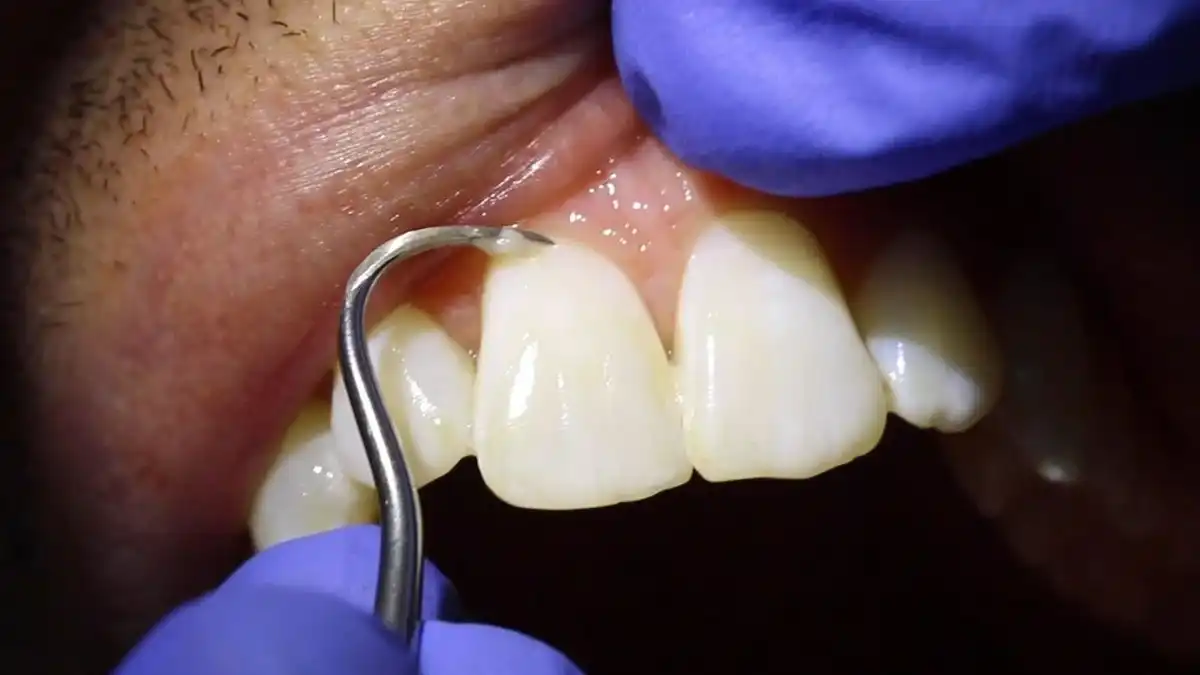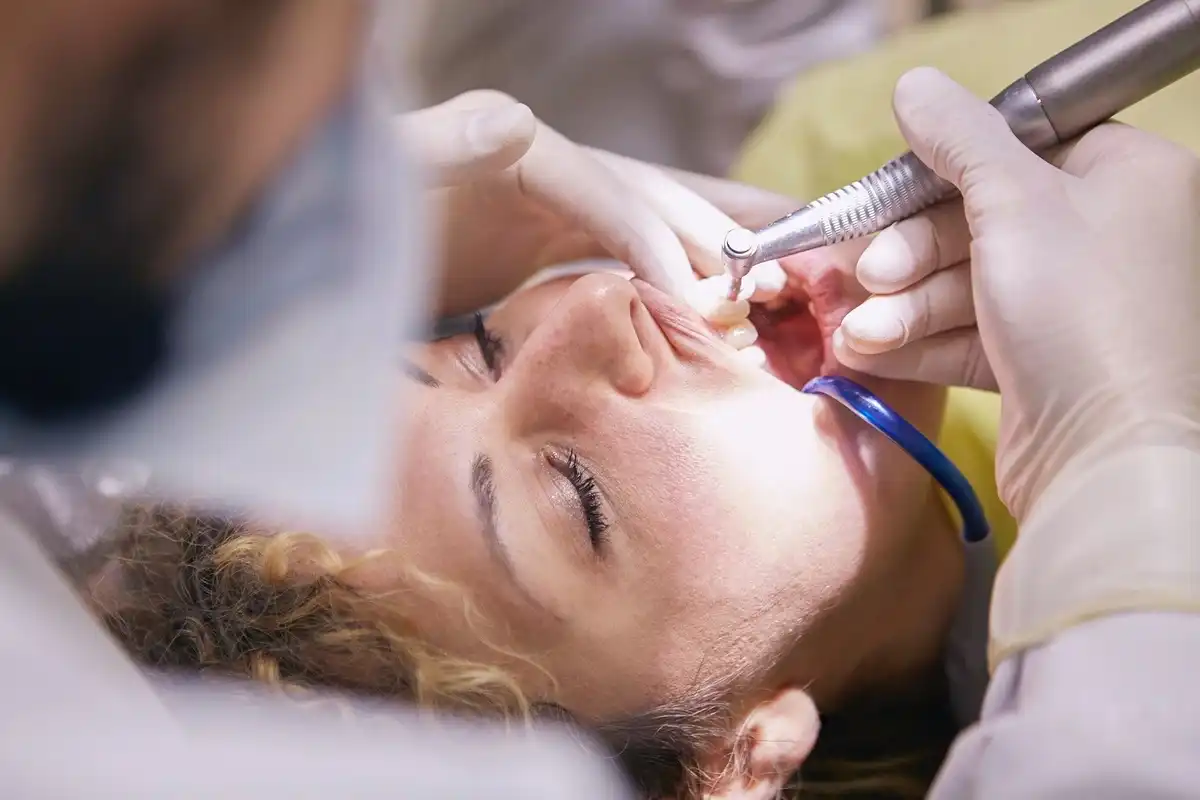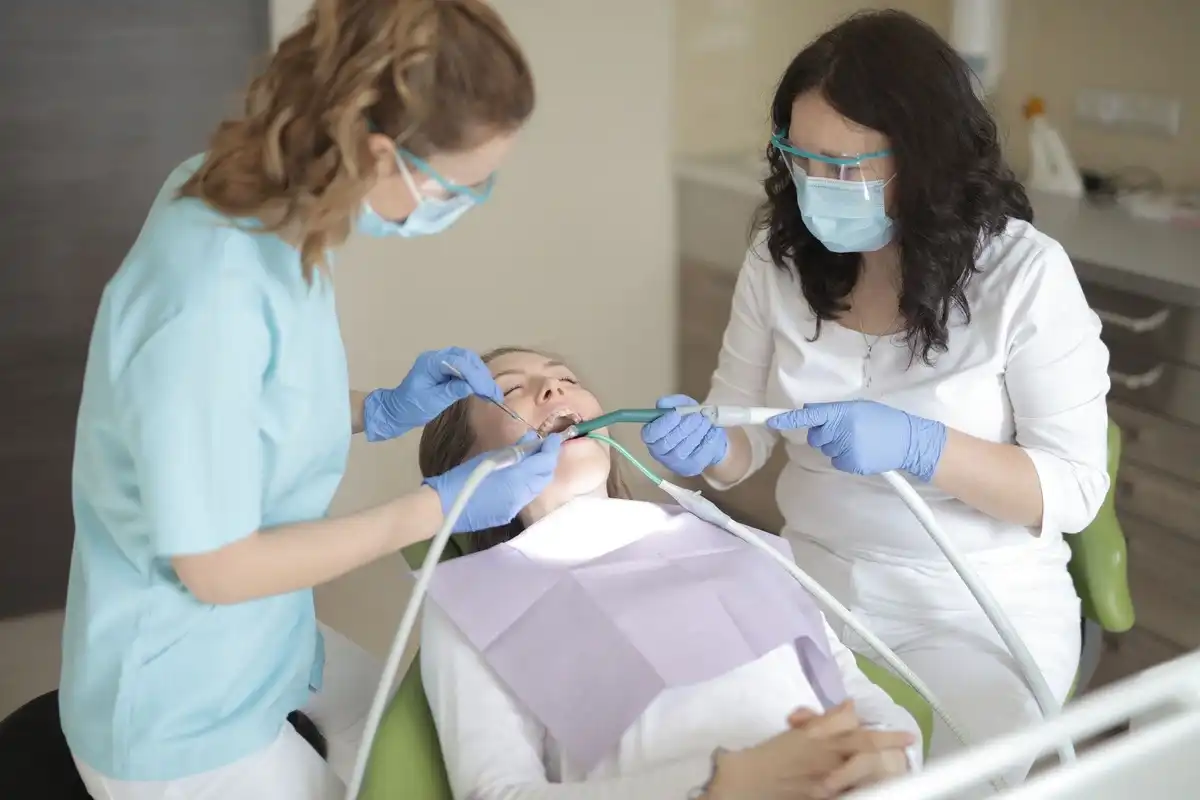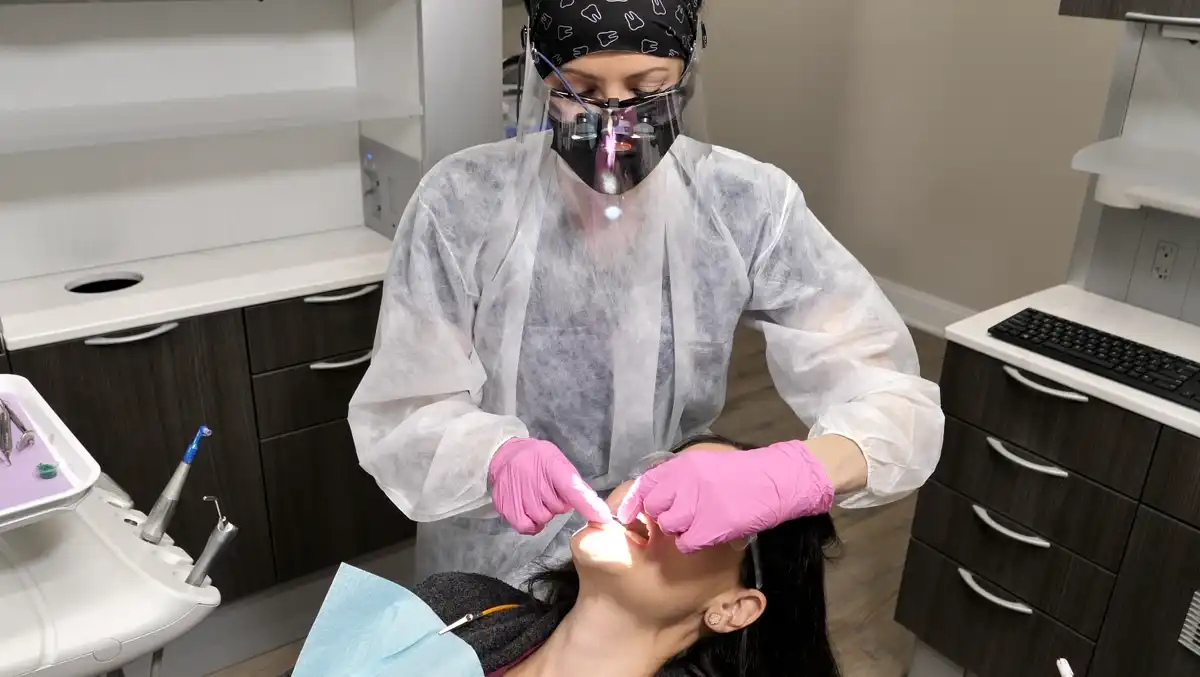The Difference Between Cleaning, Sanitizing, Disinfecting, Sterilizing


In healthcare and a health-savvy society, people often misunderstand the definition of things like disinfection vs. sterilization vs. sanitizing, etc. In the dental office, infection control is crucial to providing a safe care environment for our patients and the health of all of the staff. If you’ve ever wondered “what’s the difference between sanitizing and disinfecting”, you can think of it as different levels of clean and how the cleaning is conducted.
Dental Office Infection Control
In dentistry, everything we do is associated with someone’s mouth. Practitioners are exposed to saliva, blood, and all sorts of different types of bacteria. We also have to worry about those fluids coming into contact with surfaces in the operatory and how to remove them from the instruments we’re using on each patient.
The dental office infection control protocol needs to be extremely rigid and standardized, to avoid cross-contamination between anyone coming in or going out of your practice, whether they’re patients or staff. But the difference between disinfection vs. sterilization is huge, and the staff needs to understand when and where to use each one. Your specific dental office infection control plan keeps everyone healthy and safe. Which is why it’s so important to understand the difference between disinfection vs. sterilization, sanitizing, etc.
What is Cleaning?
When you’re cleaning your house, you’re removing all of the clutter, trash, or laundry lying around that isn’t supposed to be there. You’re tidying up and getting rid of what’s not in the right place. If you have mud on your shoes, you clean them off.
Cleaning surfaces is similar. You’re using some type of soap or detergent, along with water, to physically remove visible dirt or debris that has contaminated that surface. It looks clean to your eyes, even though you might not necessarily be removing tiny microbes that are still there. You’re lowering the risk of spreading infection, but not completely eliminating it. You wouldn’t want to put “cleaned” items into someone’s mouth.
Cleaning is something we do every day. We clean our hands before eating. We clean the bathroom when it looks dirty. We also clean in the dental office by mopping the floors or tidying up the front desk. But clinical areas require far more than “cleaning” to make them safe.
What is Sanitizing?
Sanitizing takes cleaning to the next level. When you’re sanitizing something, you’re lowering the number of germs there are on to a safer level, further lowering the risk of spreading infection. Hand sanitizer is a great example. It kills a lot of the germs and allows us to touch things, eat, or shake hands without as big of a risk of spreading germs. You can use hand sanitizer to clean your hands if soap and water aren’t available and there isn’t any visible residue on your skin (like dirt or mud.)
In everyday life, sanitizing your hands or surfaces is important when you have someone in your home that’s sick.
Sanitizing is different from disinfecting, and it is not the same as sterilization. These are three different levels of “cleaning” if you will. Sanitizing something is only one step up from cleaning but it is not as strong as using a disinfectant.
What is Disinfecting?
Now we’re taking things to the next level. Disinfectants are stronger than sanitizers. Disinfecting kills all of the germs on the surface of an object, by using some type of chemical solution. The chemical kills the bacteria to lower the risk of any cross-contamination or infection.
Anything in a dental office that’s touched during the appointment but isn’t placed directly into the patient’s mouth can (and must) be disinfected. Examples include the tube head that you hold when you’re taking X-rays, the keyboard you use to type up your patients’ notes, or the chair that the patients are sitting in whenever they’re being treated.
If there are items you touch during an appointment—but they don’t go inside the patient’s mouth—they must be disinfected (not just cleaned.)
In order for disinfection to work properly, you must properly follow the instructions on the label of the product that you’re using. Some wipes or sprays may require that the surface stays saturated for 3-5 minutes. Every product is different. Even if you have two similar items, you need to read the labels. The last thing you want to do is not allow the product to work properly—or use it incorrectly—placing you and your patients at risk for contracting a disease.
When you’re using wipes, make sure you don’t use any that are dried out and that you change them out appropriately. Only use surface disinfectants on electronics that are safe for doing so. Otherwise, you may need to use disposable barriers if those surfaces cannot be disinfected appropriately. Change your wipes out if they’re too dry or if you’ve used them to disinfect several surfaces.
What is Sterilizing?
Sterilization is a chemical or physical procedure where all forms of microbe life are destroyed. Not just reduced, but completely killed. In the dental office, sterilization is usually accomplished by using a chemiclave or autoclave, where temperature, pressure, chemicals, and/or steam are used.
Sterilization and disinfection are not the same things. Disinfection lowers bacteria to safer levels, but sterilization destroys all of them. Everything that goes inside of a patient’s mouth needs to be sterilized. If it’s physically impossible to sterilize, it needs to be disposable (such as suction tips or prophy angles.)
Again, when you sterilize something, you destroy all of the germs. There are zero germs left behind.
Side note: In dentistry, there’s a huge debate about whether or not sterilization packets need to be loaded paper side up vs. paper side down in the autoclave or chemiclave. Again, read the manufacturer’s directions, both for the machine that you’re using as well as the pouch; all of them are different. One of the biggest concerns you need to watch for is packing the machine too tightly, where the steam or chemicals can’t circulate around all of the instruments appropriately. And always make sure you conduct regular biological monitoring to confirm that all bacteria are being killed.
Recap
Cleaning removes dirt and germs by using soap and water. You clean your dishes and you clean your floors. When there’s visible residue, you clean it away. The next step of germ control is sanitizing, like when you rub alcohol-based hand sanitizer on your skin after you’ve pushed a shopping cart around. It lowers the number of germs to a safe level. Then comes heavy-duty disinfecting. You’re using some type of chemical solution to kill most or all of the germs on a surface that needs to be touched during patient care. Last but not least, sterilization destroys all forms of microbe life. You have to sterilize dental instruments after every appointment (not disinfect them).
Simply put, dental office infection control involves disposable products or sterilizing anything that goes inside the patient’s mouth. When we practice universal precautions, we assume that all items used during patient care appointments need to be handled as if they’re contaminated with some type of infectious bacteria and treat them as such.

Make your inbox smile!
Subscribe





